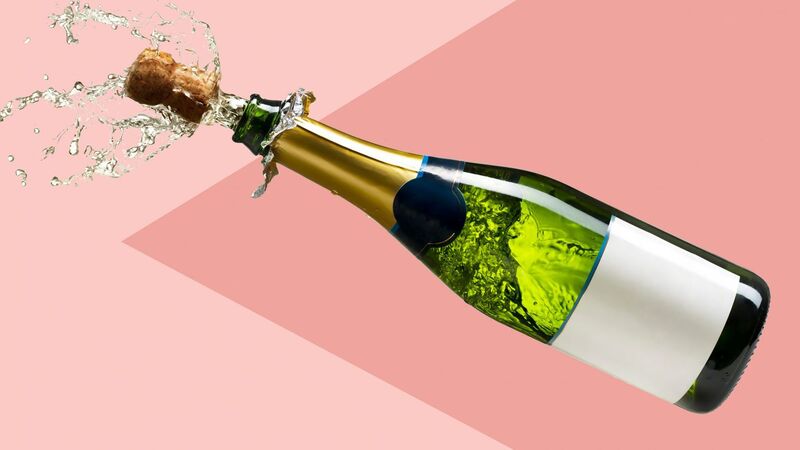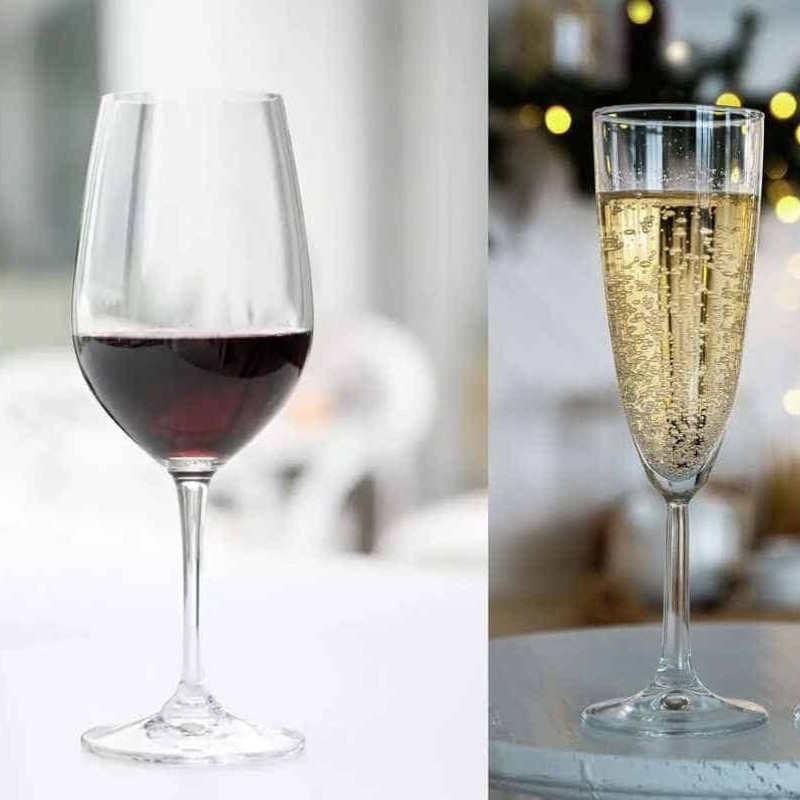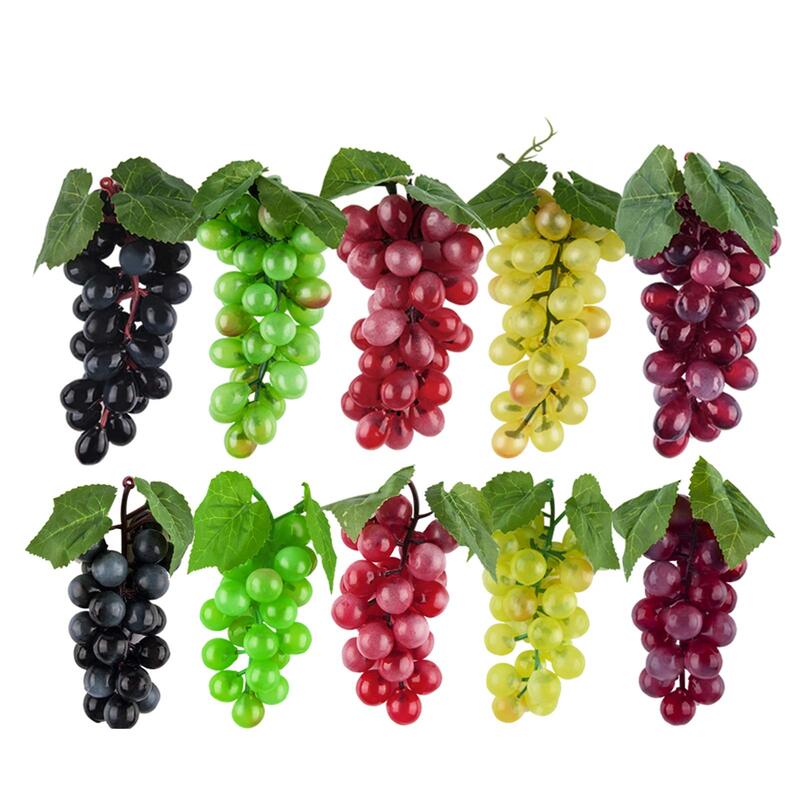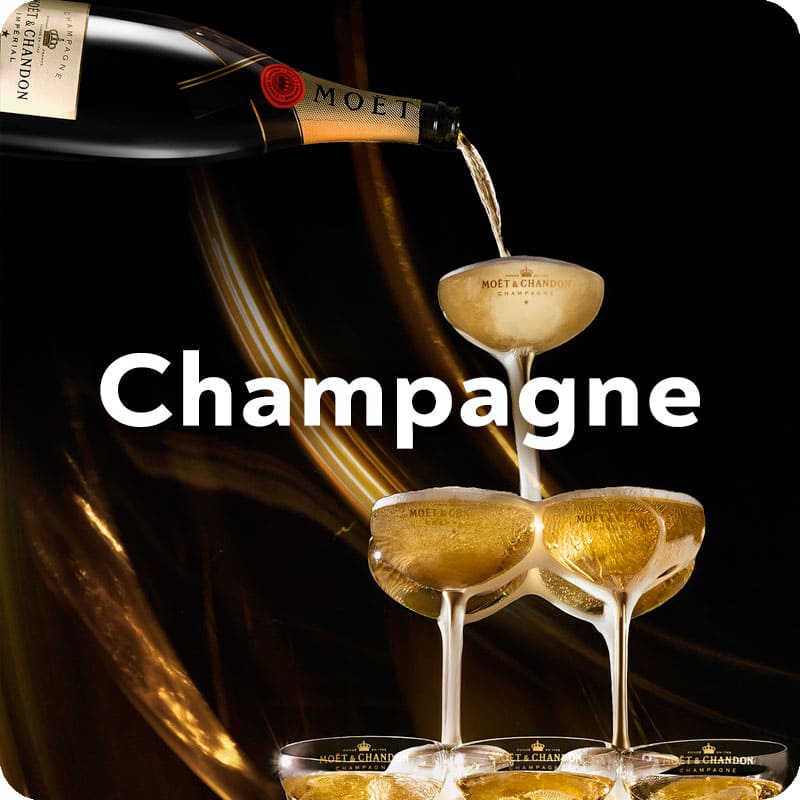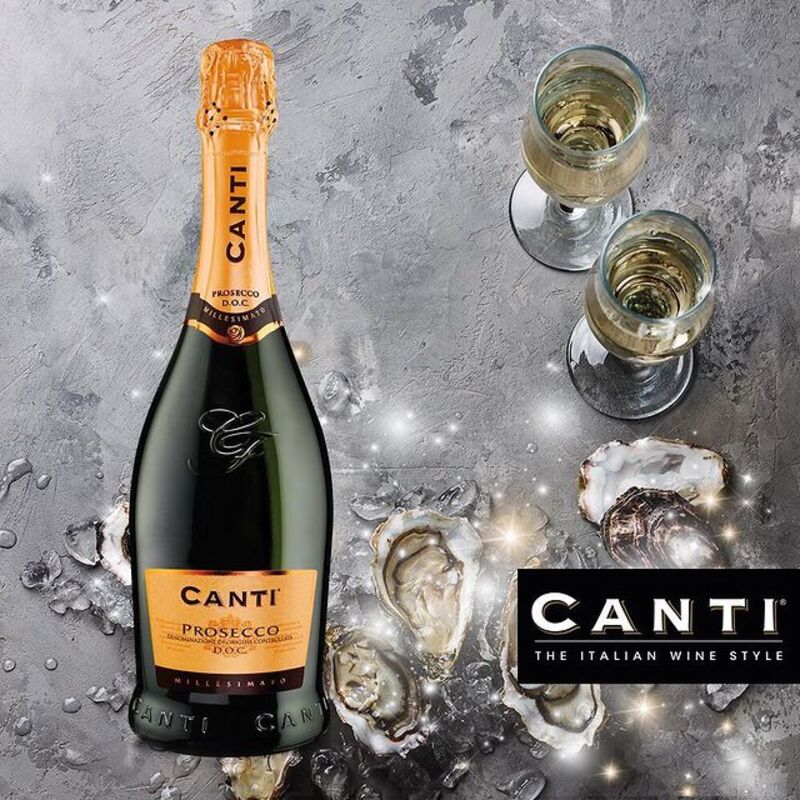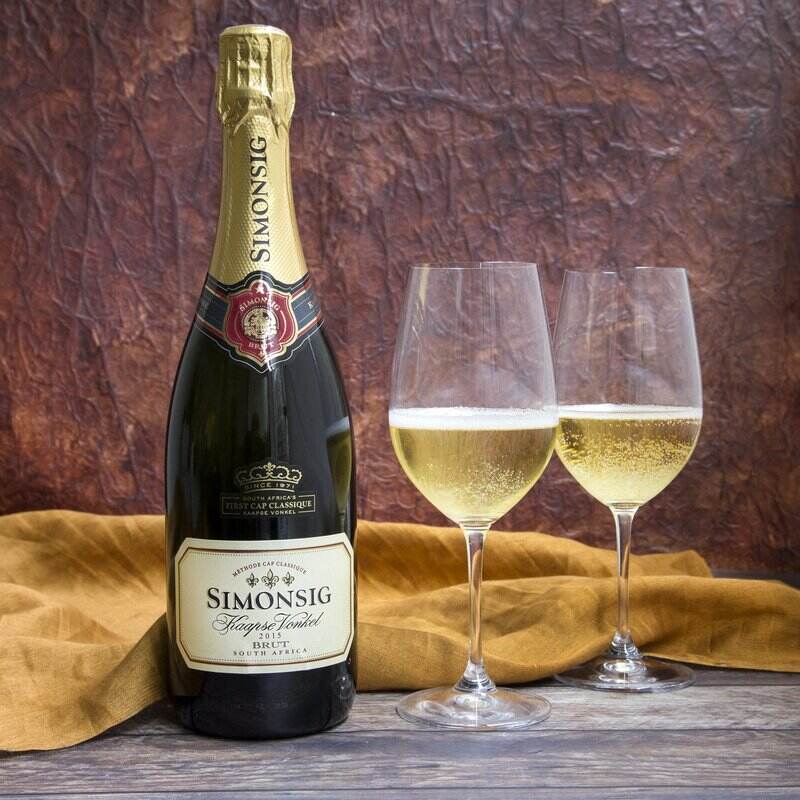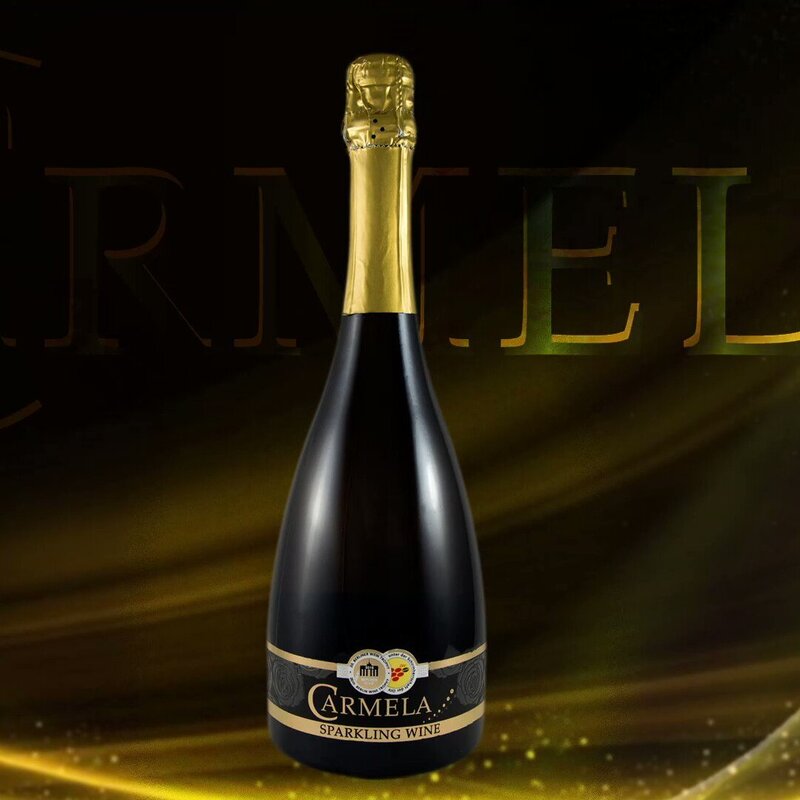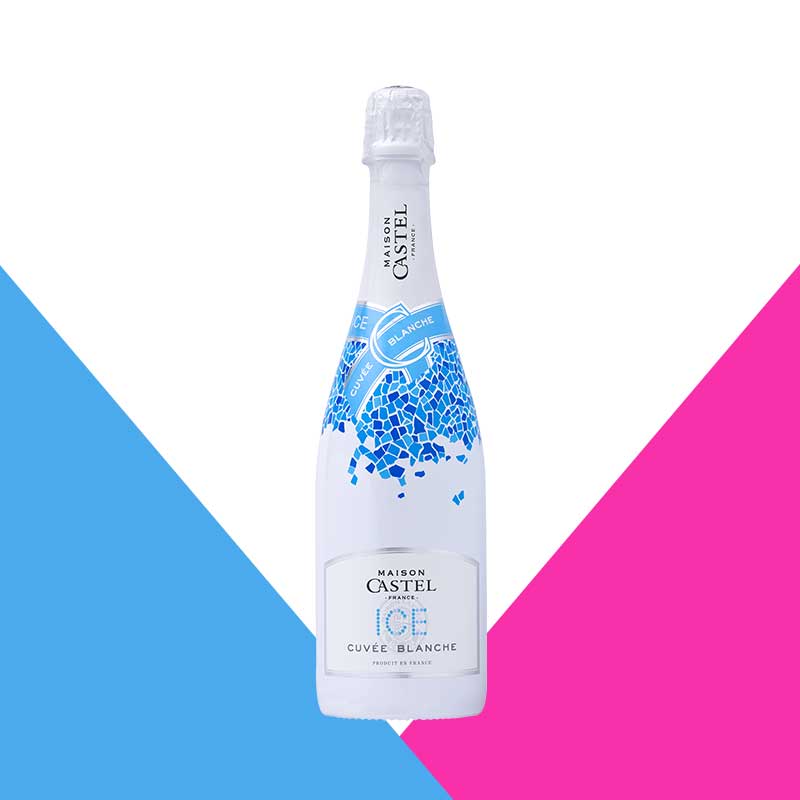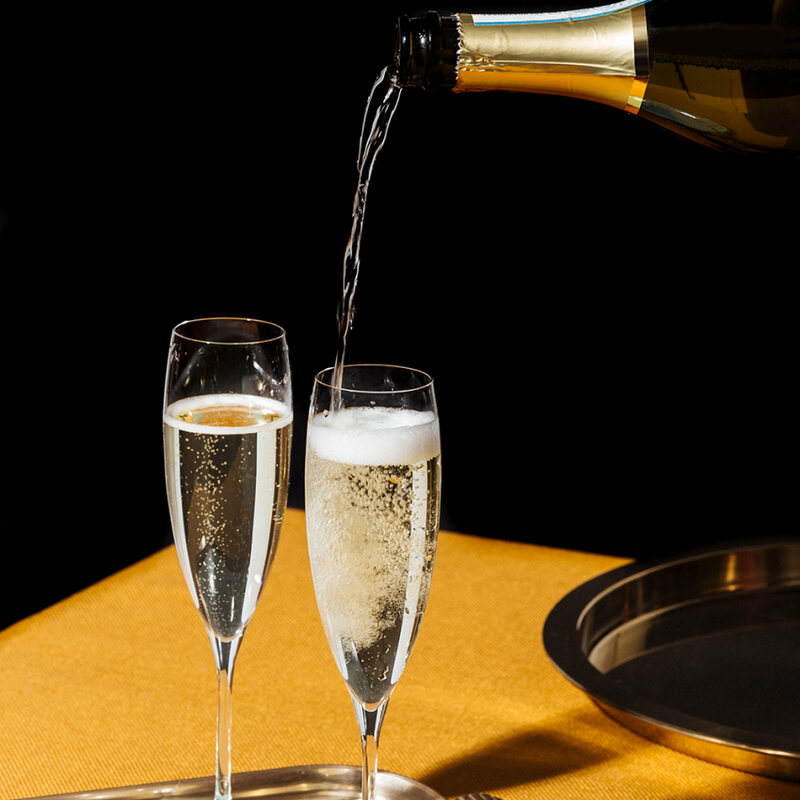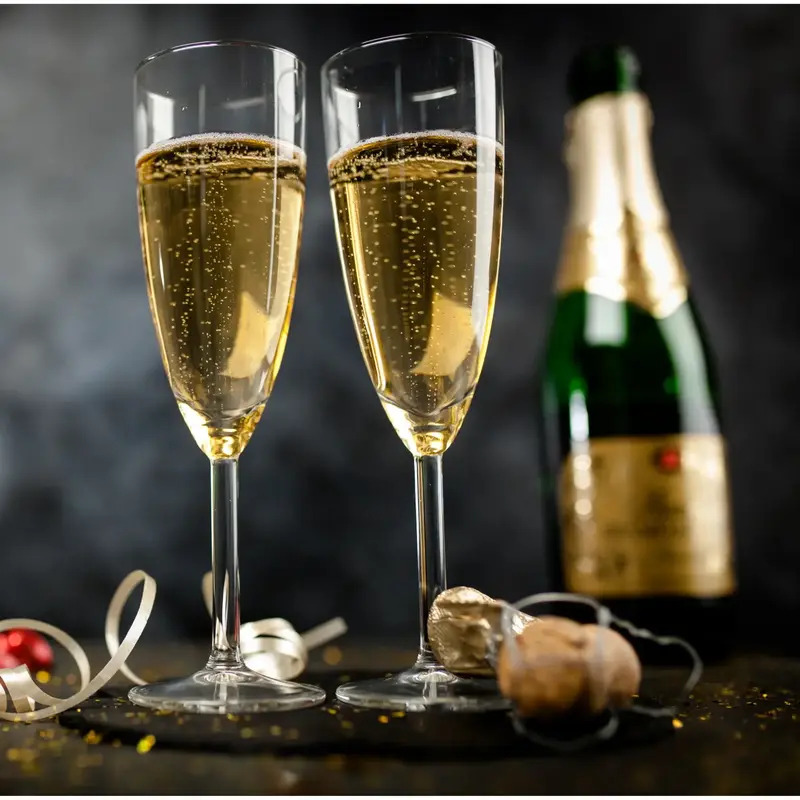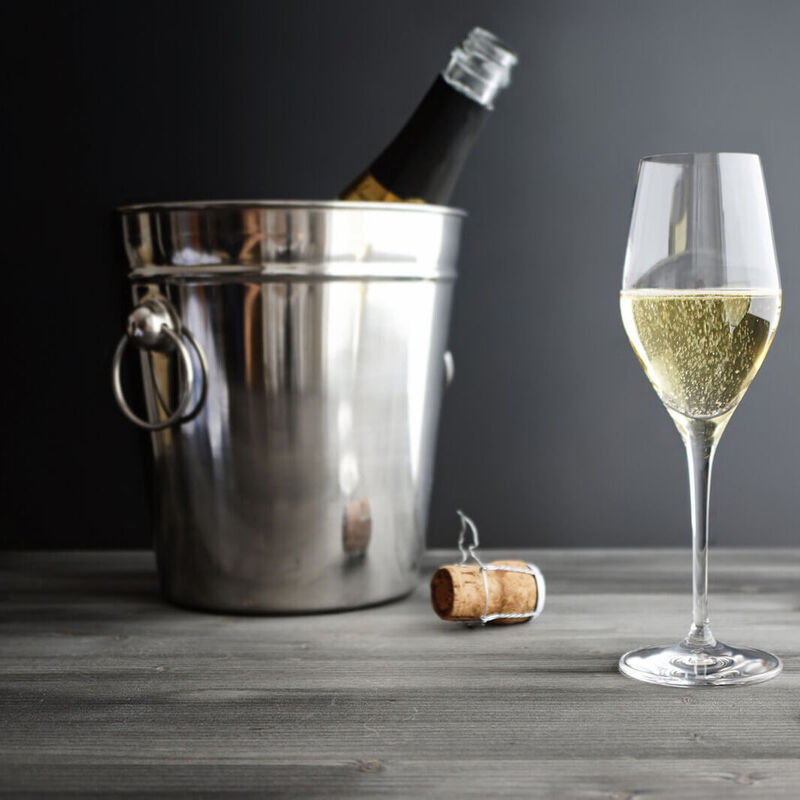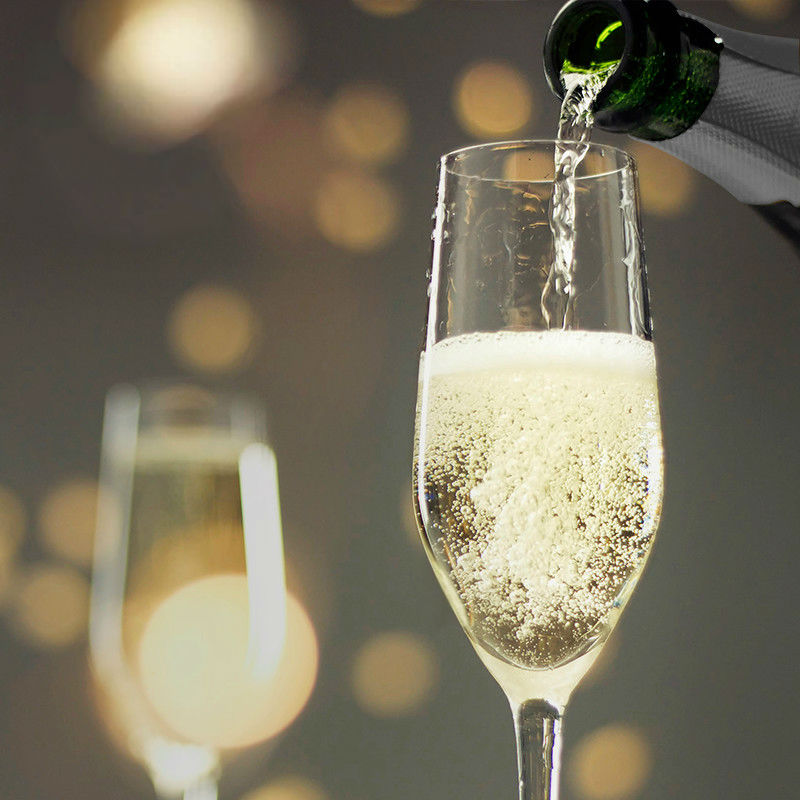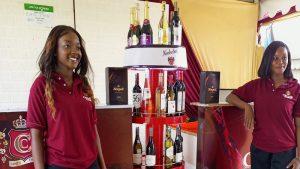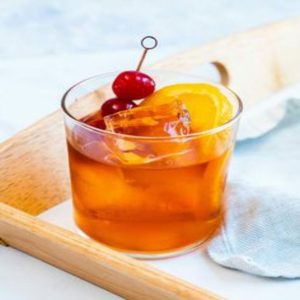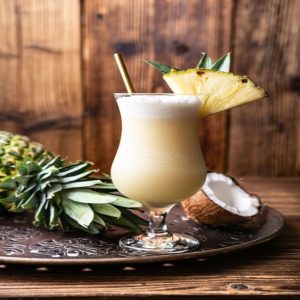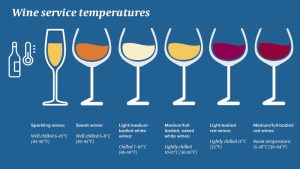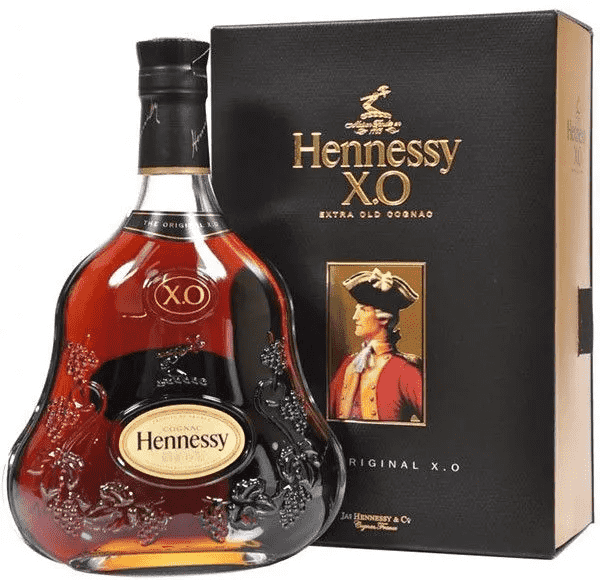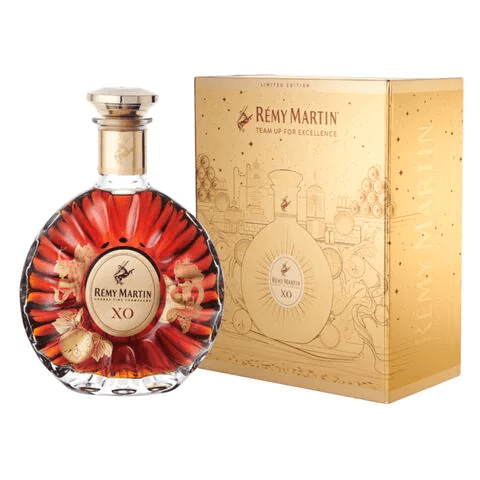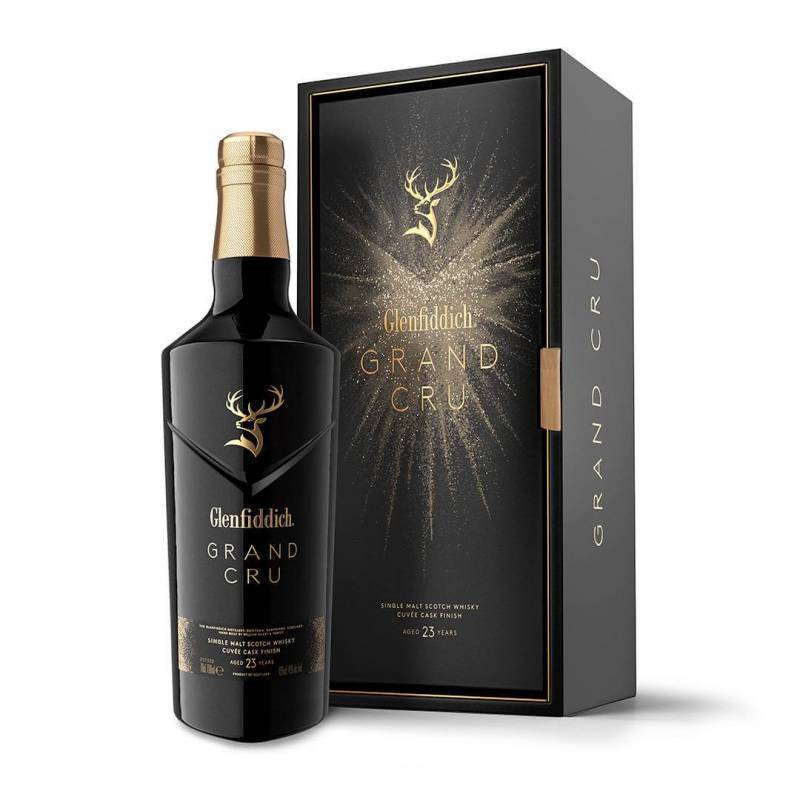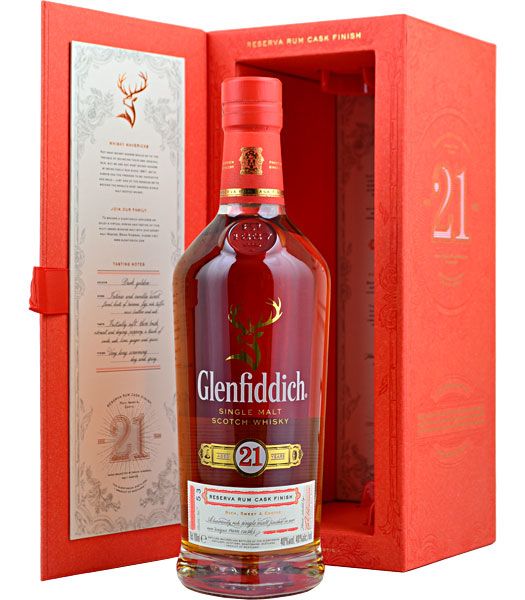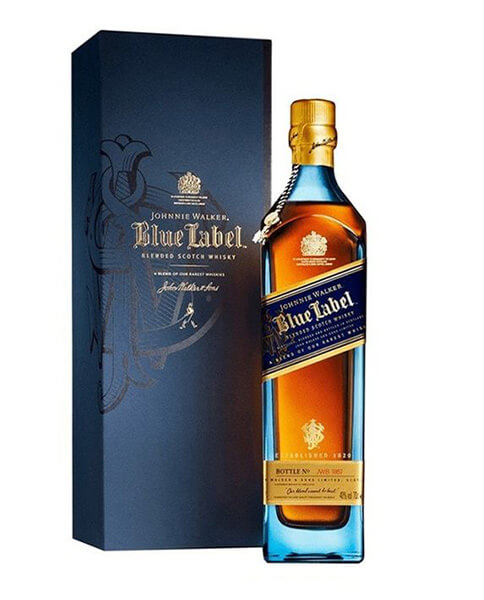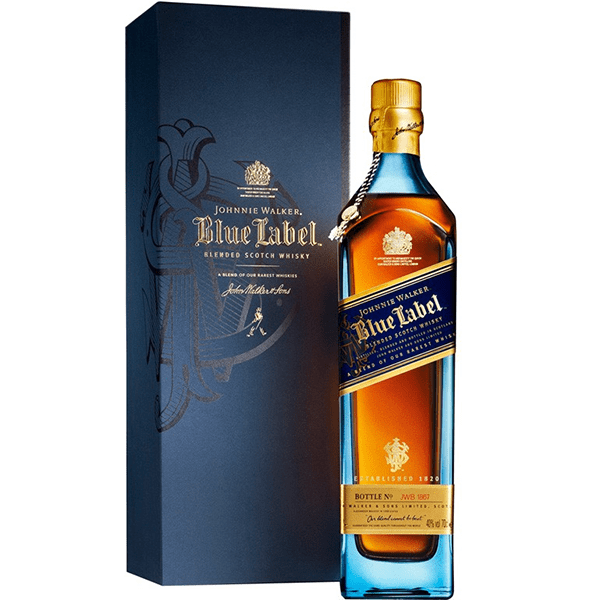Introduction to Sparkling Wines
You are invited to a celebration. This could be a wedding, a birthday, an anniversary or an event to celebrate a milestone. You know very well there will be some drinks and maybe a cake at the end to commemorate the occasion.
You simply can not wait as the speeches drag on. Your mind drifts to that mouth-watering cake and a bottle of wine you can see in the corner and you are like “sherehe imejipa 😋💃🕺”.
At last, the speeches are done and it is time to “exercise our teeth”. The cake and wine are brought out. They open the bottle, you expect to hear the pop and anticipate some bubbles to find a perfect mark in your mouth since you caught the very front seat.
Lo and behold, there is no pop, there are no bubbles, there is no “rain” of sparkling wine! And you think “How anticlimactic!”
For any celebration accompanied by a bottle of wine, we usually expect champagne or sparkling wine to help commemorate the occasion, don’t we? It might not be the case every time, but it definitely adds some elegance to it.
Let us take you on a journey
Here, we pop the cork and let the bubbles dance! Welcome to a world of sparkle and celebration, where each sip of sparkling wine takes you on a delightful journey.
From the elegant charms of Champagne to the vibrant exuberance of Prosecco, join us as we uncork the secrets, share expert tips, and raise a glass to the sparkling wines that make every moment sparkle with joy, delight and fond memories.
Let us explore the world of fizz, rich styles, regions, and flavours that make sparkling wines sparkle like no other.
What Makes Sparkling Wines Different from Still Wines?
Sparkling wines differentiate themselves from table wines through several factors that contribute to their unique characteristics and styles. Here are some key differentiating factors:
1. Carbonation: The most distinctive characteristic of sparkling wine is its carbonation or effervescence. It contains dissolved carbon dioxide, which creates bubbles when the wine is poured or released under pressure. This carbonation can be natural, as in traditional Champagne production, or added artificially, like in some sparkling wine styles.
2. Production Method: Sparkling wine is typically produced using one of several methods, the most renowned being the traditional method (also known as the Champagne method or méthode traditionnelle). This involves a secondary fermentation that occurs in the bottle, where a mixture of yeast and sugar is added to the base wine to generate carbon dioxide and create the bubbles.
Another popular method is the Charmat method. In this method, the wine is transferred to a stainless steel pressure tank where it undergoes secondary fermentation. This stage usually lasts from one to six weeks, which is a shorter period compared to the Traditional Method.
3. Grape Varieties: Sparkling wines can be made from various grape varieties, both white and red. For example, Champagne is primarily made from Chardonnay, Pinot Noir, and Pinot Meunier grapes. Other sparkling wine regions may use grapes such as Prosecco (Glera), Cava (Macabeo, Parellada, Xarel-lo), or sparkling wines from the New World may feature grapes like Sauvignon Blanc or Shiraz.
4. Sweetness Levels: Sparkling wines can range from bone dry to extremely sweet. The label often indicates the sweetness level, which can include terms like Brut (very dry), Extra Dry (slightly sweeter than Brut), Sec (medium-dry), Demi-Sec (semi-sweet), or Doux (very sweet). This variety allows consumers to choose a sparkling wine that suits their personal taste preferences.
5. Regional Varieties & Styles: Sparkling wines are produced worldwide, with notable examples from specific regions. Champagne in France is renowned for its elegant and complex sparkling wines. Prosecco from Italy is known for its fruity and approachable character. Cava from Spain offers great value and a range of styles. These are just a few examples, as many countries and regions produce their own unique sparkling wines.
6. Ageing Potential: Some sparkling wines, particularly vintage Champagnes and certain high-quality sparkling wines, have the potential to age and develop more complex flavours over time. Non-vintage sparkling wines are designed to be enjoyed while young and fresh, capturing the vibrant fruit flavours.
7. Versatility: Sparkling wine is known for its versatility and is enjoyed in various settings. It is commonly used for celebrations, toasts, and special occasions, but it can also be enjoyed as an aperitif or paired with a wide range of foods. Its effervescence and acidity make it a refreshing choice that complements a variety of dishes.
How Sparkling Wine is made
A step-by-step guide to the traditional method of producing sparkling wine
1. Harvesting: The process begins with the careful selection and harvesting of ripe grapes. The choice of grape varieties and the timing of the harvest are crucial in determining the flavours and acidity of the final sparkling wine.
2. Primary Fermentation: The harvested grapes are gently pressed to extract the juice, which undergoes primary fermentation. During this stage, yeast converts the natural sugars in the juice into alcohol. The resulting still wine is usually low in alcohol and high in acidity.
3. Blending: In some cases, winemakers may blend different grape varieties or wines from different vineyards to create the desired flavour profile and consistency. This step allows winemakers to maintain a specific house style or enhance the complexity of the final blend.
4. Tirage: After blending, the winemaker adds a mixture of sugar and yeast, known as “liqueur de tirage,” to the base wine. This initiates the secondary fermentation. The wine is then bottled and sealed with a crown cap, similar to a beer bottle cap.
5. Secondary Fermentation: The bottles are stored horizontally in a cool cellar, where the secondary fermentation takes place. During this process, the added yeast consumes the sugar, producing alcohol and carbon dioxide. The carbon dioxide is trapped in the bottle, creating bubbles.
6. Ageing on Lees: After the secondary fermentation, the bottles are left to age on the lees. The lees are the dead yeast cells that settle at the bottom of the bottle. This ageing period, known as “sur lie,” can range from several months to several years. It contributes to the complexity and development of flavours in the sparkling wine.
7. Riddling: Riddling is a process that helps remove the sediment from the secondary fermentation. Traditionally, the bottles are placed in riddling racks, positioned at an angle with the neck pointing downward. Over time, the riddler manually turns and tilts the bottles, gradually bringing the sediment to the neck of the bottle.
8. Disgorgement: Once the sediment has settled in the neck of the bottle, it is time for disgorgement. The neck of the bottle is frozen, trapping the sediment in an ice plug. The crown cap is removed, and the pressure in the bottle ejects the frozen plug, expelling the sediment.
9. Dosage: After disgorgement, a small amount of wine and sugar mixture, known as the “dosage,” is added to adjust the sweetness level of the sparkling wine. The amount of sugar added determines the sweetness, ranging from brut (dry) to demi-sec (semi-sweet).
10. Corking and Aging: The bottle is then corked with a high-quality cork, secured with a wire cage, and labelled. The sparkling wine continues to age in the bottle, allowing the flavours to integrate and develop further.
11. Enjoyment: Finally, the sparkling wine is ready to be enjoyed! It can be served chilled, usually in flutes or tulip-shaped glasses, to showcase the bubbles and preserve the aromas🥂
Types of Sparkling Wines
Champagne
Originating from the Champagne region of France, Champagne is renowned for its prestigious reputation and delicate bubbles. It is produced using the traditional method, known as méthode champenoise.
The primary grape varieties used in Champagne production are Chardonnay, Pinot Noir, and Pinot Meunier. After the initial fermentation, a mixture of yeast and sugar is added to the base wine, triggering a secondary fermentation in the bottle. This process creates the effervescence/bubbles and distinct flavours of Champagne.
The wines are then aged on their lees, developing complexity and richness. Champagne offers a wide range of styles, from non-vintage blends to vintage Champagnes, and various sweetness levels, from Extra Brut (very dry) to Doux (very sweet).
Click here to view or/and buy.
Prosecco
Hailing from the Veneto region of Italy, Prosecco is known for its light and fruity character. The primary grape used in Prosecco production is Glera, although other varieties may be blended in.
Unlike Champagne, Prosecco is made using the Charmat method. After the first fermentation, the wine undergoes a secondary fermentation in pressurised stainless steel tanks, preserving its fresh and fruity qualities.
Prosecco is produced in a dry style, with flavours of citrus, pear, and apple. It is enjoyed for its approachability, affordability, and pleasant effervescence.
Click here to view or/and buy.
Methode Cap Classique (South Africa)
Méthode Cap Classique, also known as MCC, is a sparkling wine production method that originated in South Africa. It shares similarities with the traditional method used in Champagne.
Méthode Cap Classique follows the traditional method, which involves a secondary fermentation that occurs in the bottle. After the initial fermentation, a mixture of yeast and sugar, known as the dosage, is added to the base wine. This triggers a second fermentation, creating carbon dioxide and resulting in the wine’s effervescence. The bottles are then aged on their lees to develop complexity and fine bubbles.
Méthode Cap Classique uses various grape varieties, both white and red. Chardonnay and Pinot Noir are commonly used. However, other grape varieties such as Chenin Blanc, Sauvignon Blanc, and Shiraz are also used showcasing the diversity of South African sparkling wines.
These wines offer a range of styles and flavours. Brut is the most common style, known for its dryness, crisp acidity, and fine bubbles. However, variations such as Blanc de Blancs (made exclusively from white grapes) or Rosé (with a hint of colour from red grape skins) are also produced.
These wines often exhibit vibrant fruit flavours, floral notes, and a refined minerality, showcasing the unique characteristics of South African sparkling wines.
Click here to view or/and buy.
Cava
Originating from Spain’s Catalonia region, Cava is a sparkling wine produced using the traditional method. Cava can be made from various grape varieties, including Macabeo, Xarel·lo, and Parellada, among others.
Following the secondary fermentation in the bottle, Cava undergoes ageing on its lees, contributing to its distinctive flavours. Cava wines exhibit crisp acidity, citrus notes, and sometimes toasty characteristics.
They are available in a range of styles, from dry Brut to semi-sweet.
Click here to view or/and buy.
Crémant
Cremant is a category of French sparkling wines produced outside the Champagne region. Various regions in France, including Alsace, Burgundy, and the Loire Valley, produce their own Crémant wines.
Depending on the region, Crémant wines are crafted from different grape varieties. For example, Crémant d’Alsace may feature Pinot Blanc, Pinot Gris, Pinot Noir, and Chardonnay.
The production method for Crémant is the traditional method, resulting in refined bubbles and complex flavours.
Crémant wines offer a more affordable alternative to Champagne, with regional variations in taste profiles.
Click here to view or/and buy.
Sekt
Sekt refers to sparkling wines produced in Germany and Austria. Different grape varieties, such as Riesling, Pinot Blanc, and Pinot Gris, make this sparkling wine.
The production methods for Sekt vary; some producers make it using the traditional method with secondary fermentation in the bottle, while others use the tank method with secondary fermentation occurring in stainless steel tanks.
German and Austrian Sekts encompass a spectrum of styles, from bone-dry to sweet, with flavours that span from crisp and citrusy to floral and honeyed.
American Sparkling Wine
Produced in the United States, American sparkling wines use a variety of grapes and methods.
California, with a particular focus on Napa Valley and Sonoma County, earns its reputation for producing high-quality American sparkling wines.
Winemakers in the United States employ different production techniques, including the traditional method and other modern methods like the Charmat method.
American sparkling wines offer a wide range of styles, from dry to sweet, and showcase the diversity of American terroir and winemaking expertise.
English Sparkling Wine (United Kingdom)
English sparkling wine has gained recognition in recent years. Various regions across England, including Sussex, Kent, and Hampshire, produce it.
They use traditional grape varieties like Chardonnay, Pinot Noir, and Pinot Meunier, and employ the traditional method of making sparkling wine.
English Sparkling Wines exhibit a fresh and vibrant style, characterized by crisp acidity and bright fruit flavours. Its cool climate contributes to the wine’s elegant structure and pronounced acidity.
Tasmanian Sparkling Wine (Australia)
Tasmanian Sparkling Wine originates from the island state of Tasmania in Australia. It possesses distinct characteristics that set it apart from the rest of the Australian wines. Tasmania’s climate allows for the development of vibrant acidity and intense flavours while retaining freshness.
It uses grape varieties including Chardonnay, Pinot Noir, and Pinot Meunier. They use other grape varieties such as Pinot Gris and Riesling, contributing to the diversity and innovation found within the Tasmanian sparkling wines.
Following the traditional method, Tasmanian Sparkling Wine undergoes a secondary fermentation in the bottle and an extended ageing on the lees further refines the wines.
Tasmanian Sparkling Wines embody an elegant, refined style, characterized by a harmonious balance between vibrant acidity, expressive fruit profiles, and subtle complexity.
Espumante (Portugal)
The term used for sparkling wines produced in Portugal is Espumante. Producers craft them using various grape varieties, including indigenous ones like Arinto, Fernão Pires, and Baga.
In Portugal, producers craft Espumante wines using different production methods, which create a spectrum of styles and characteristics. They widely employ the traditional method, known as método clássico, which resembles the process used in Champagne.
Another technique used is the Charmat method, or método charmat, where the secondary fermentation occurs in large, pressurized tanks. Producers favour this method for producing fresh and fruity Espumante wines that exhibit vibrant flavours.
When it comes to styles and flavours, Espumante wines in Portugal cater to a wide range of preferences. From bone-dry to slightly sweet, there is a sparkling wine to suit every preference.
Espumante wines exhibit a diverse range of styles and flavours, from crisp and citrusy to fuller-bodied and complex.
Conclusion
Sparkling wines offer a world of sparkle, celebration, and delightful flavours. From the prestigious elegance of Champagne to the fruity charm of Prosecco, and the diverse styles of Cava, Sekt, Crémant, Méthode Cap Classique, and more, a sparkling wine is a delight for every celebration.
Whether you’re enjoying a glass of Champagne to commemorate a milestone, savouring the approachable Prosecco as an aperitif, or exploring the regional varieties and styles from around the world, sparkling wine never fails to add joy and sparkle to any occasion.
So, pop the cork, let the bubbles dance, and indulge in the magic of sparkling wine.
Cheers to the enchanting world of fizz and celebration!
How to order
Do you have a celebration coming up? A wedding, an Anniversary, a Birthday or would you just enjoy a bottle of bubbly? Explore the different Champagne and Sparkling Wines options on our website and find something for that upcoming occasion. Place your orders, and we shall promptly deliver them to your doorstep.
Alternatively, reach us via call or WhatsApp at 0705570066 for inquiries or to place an order.
We are located along Biashara Street and Accra Road within Nairobi CBD. You are welcome!
By Roseline Maina: Digital Marketer


